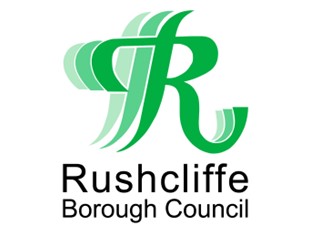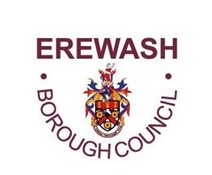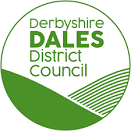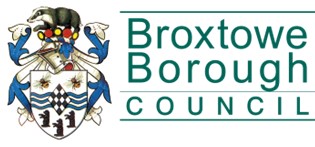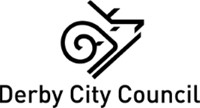Data released by Government confirms that the D2N2 area and the wider East Midlands continues to experience lower levels of Government investment than any other area in the UK.
Public spending in the East Midlands region has been analysed in an interactive report that sheds light on the regional distribution of government funding across government functions and departments. The analysis, titled “Identifiable Public Expenditure in the East Midlands”, was conducted by the D2N2’s analyst Vlad Epuri using publicly available data compiled by the HM Treasury.
According to our analytical report, the East Midlands received a total of £51.4 billion in identifiable public expenditure in the fiscal year 2021/22. The largest categories of spending were social protection, which accounted for 40% of the total, followed by health (28%), education (13%), and economic affairs (10%). Other areas of spending included public order & safety, housing & community amenities, environment protection, recreation, and defence. The expenditure of the Department of Work and Pension, the Department of Health and Social care and the Local Government accounts for three quarters of the total.
Although the identifiable public sector expenditure’s functional composition and medium-term trend in the East Midlands is comparable to the national average, the per capita expenditure in the region remains the lowest among all regions. This underscores the need to increase public sector spending to prevent the region from falling further behind in crucial economic factors such as productivity, skills, health, transportation links, and environmental indicators.
The analysis highlights significant disparities in the levels of regional public spending on services. After taking into account higher spending per head in London, the report estimates that D2N2 would benefit from an additional £1.4 billion per year to meet the regional average per head. The analysis identifies economic affairs, health, and social protection as the functional areas with comparatively lower levels of spending, which together account for 79% of the public expenditure shortfall. The figures suggest that the Local Government, the Department of Health and Social Care, and the Department for Transport would be the entities driving the spending increases in the East Midlands.
The analysis could inform future policy and funding decisions, as well as support local authorities, the emerging combined authority, and other stakeholders in identifying opportunities and challenges for their areas.
Will Morlidge, D2N2 LEP CEO, commented that “Unfortunately it’s no surprise that the data continues to show that the D2N2 area and the wider East Midlands continues to experience chronic underfunding from Government. We look forward to further discussions with government on how we can get our residents their fair share”.
The report is available here and the headline analysis by the HM Treasury, along with the underlying data, are accessible here.












